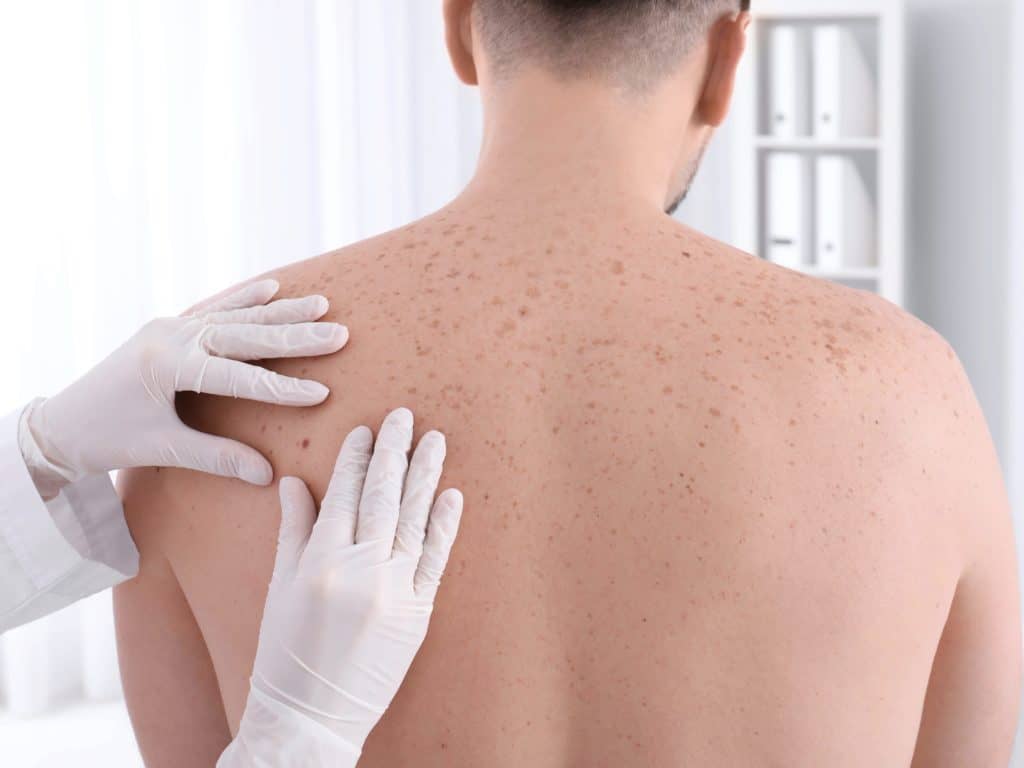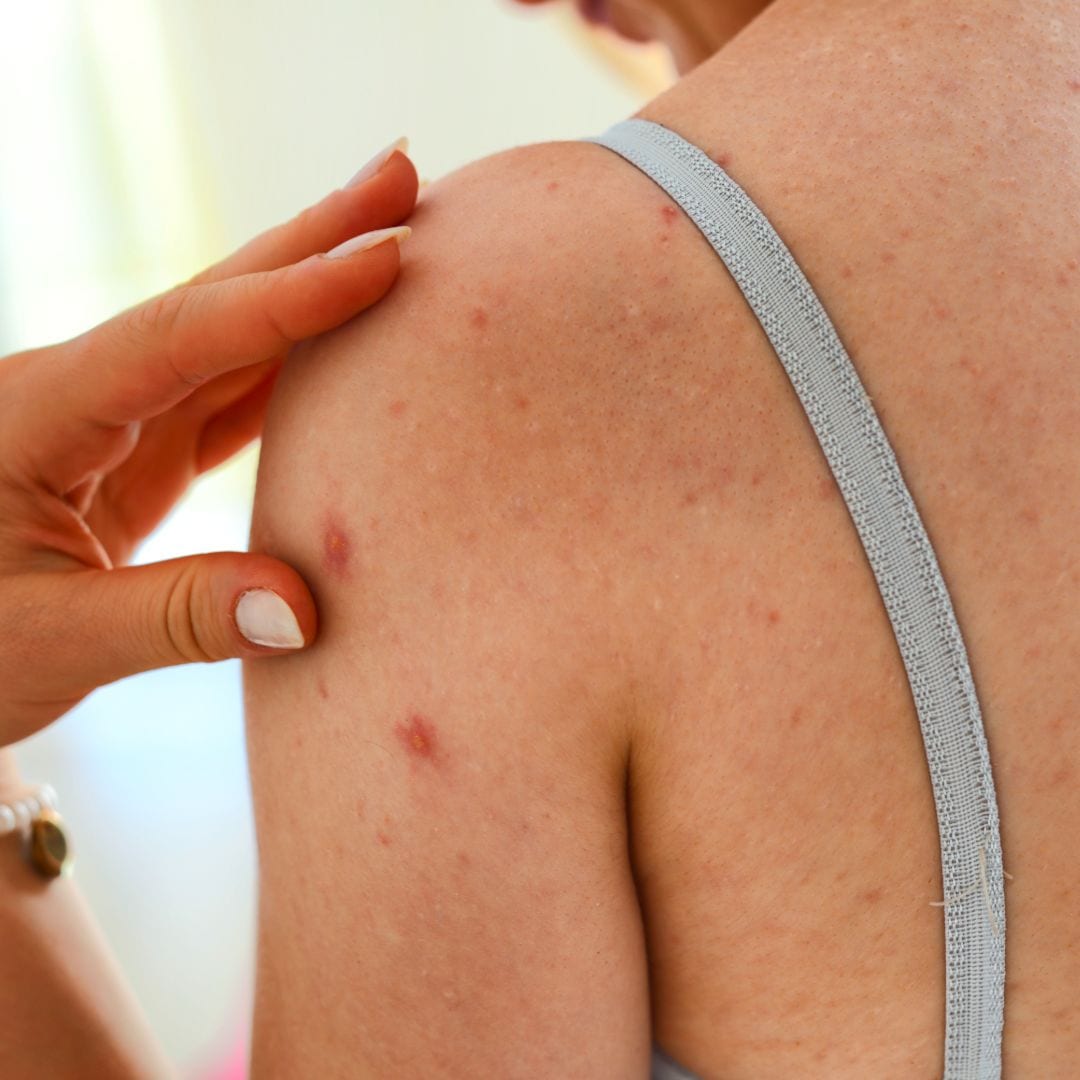Skin cancer is the most common form of cancer in the United States, and it occurs when abnormal cells grow and divide in the outer layer of the skin (the epidermis). There are three main types of skin cancer: basal cell carcinoma, squamous cell carcinoma, and melanoma. Each type has its own set of symptoms and treatment options.
Symptoms of Skin Cancer
Basal cell carcinoma (BCC) is the most common type of skin cancer, and it is typically found on the head, neck, and hands. It tends to grow slowly and may appear as a small, pearly bump or a flat, flesh-colored or brown patch on the skin. It may also look like a sore that doesn’t heal or a scar-like area that is white, yellow, or waxy.
Squamous cell carcinoma (SCC) is the second most common type of skin cancer, and it tends to occur on sun-exposed areas of the body, such as the face, ears, neck, and hands. It may appear as a firm, red nodule or a flat, scaly patch on the skin that is often crusty or bleeding.
Melanoma is the most serious and aggressive form of skin cancer, and it is often found on the face, chest, and arms, but it can occur anywhere on the body. It may appear as a large, dark, irregularly shaped mole or a small, dark, evenly colored spot on the skin. It may also look like a normal mole that has changed in size, shape, or color.
It is important to note that these are just general descriptions, and skin cancer can sometimes appear differently. It is always best to consult a dermatologist or healthcare professional if you notice any unusual or suspicious changes on your skin.
Treatment for Skin Cancer
The treatment for skin cancer depends on the type, location, and stage of the cancer, as well as the patient’s overall health and personal preferences.
Basal cell carcinoma and squamous cell carcinoma are usually treated with surgery, such as Mohs surgery or excision. Mohs surgery involves removing the cancerous tissue layer by layer and examining each layer under a microscope until no cancer cells are found. Excision involves cutting out the cancerous tissue and some surrounding healthy tissue. Both of these surgeries may be done under local anesthesia in a doctor’s office or outpatient setting.
Melanoma is usually treated with surgery, but other treatments, such as radiation therapy, chemotherapy, and targeted therapy, may be recommended in some cases. Surgery for melanoma may involve removing the cancerous tissue and a margin of healthy tissue around it. This may be done through wide excision or sentinel lymph node biopsy, depending on the stage of the cancer.
Radiation therapy uses high-energy beams, such as X-rays, to kill cancer cells. It may be used to treat melanoma that has spread to nearby lymph nodes or to other parts of the body.
Chemotherapy is a type of cancer treatment that uses drugs to kill cancer cells. It may be used to treat melanoma that has spread to other parts of the body or to shrink large tumors before surgery.
Targeted therapy is a type of cancer treatment that uses drugs to target specific proteins or genetic changes in cancer cells. It may be used to treat melanoma that has spread to other parts of the body or that cannot be removed with surgery.
It is important to note that these are just general descriptions of the treatment options for skin cancer, and the most appropriate treatment plan will depend on the individual patient’s situation. It is always best to discuss your treatment options with a dermatologist

 Home
Home Health
Health Diet & Nutrition
Diet & Nutrition Living Well
Living Well More
More












